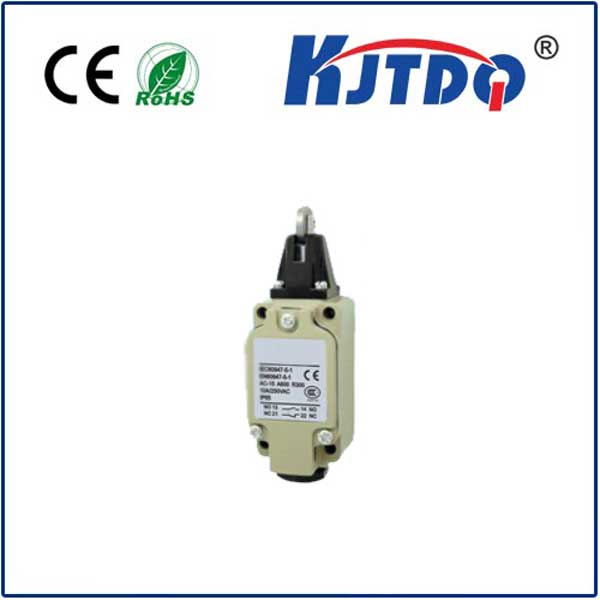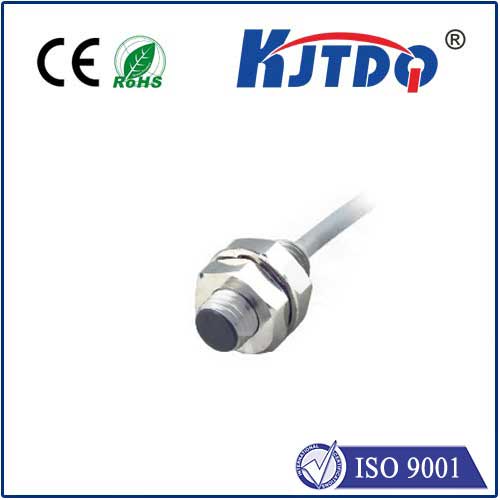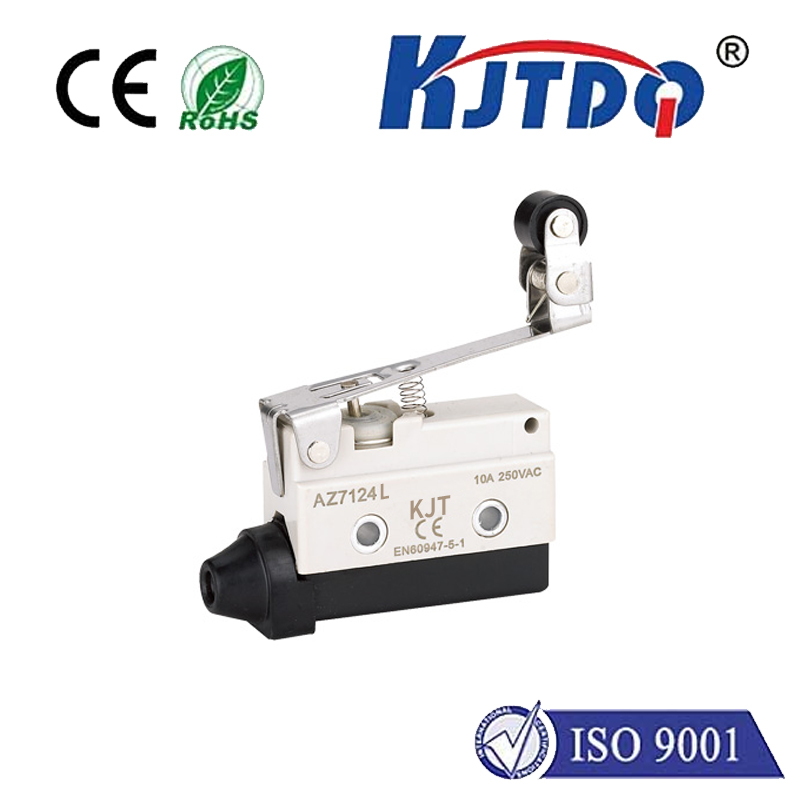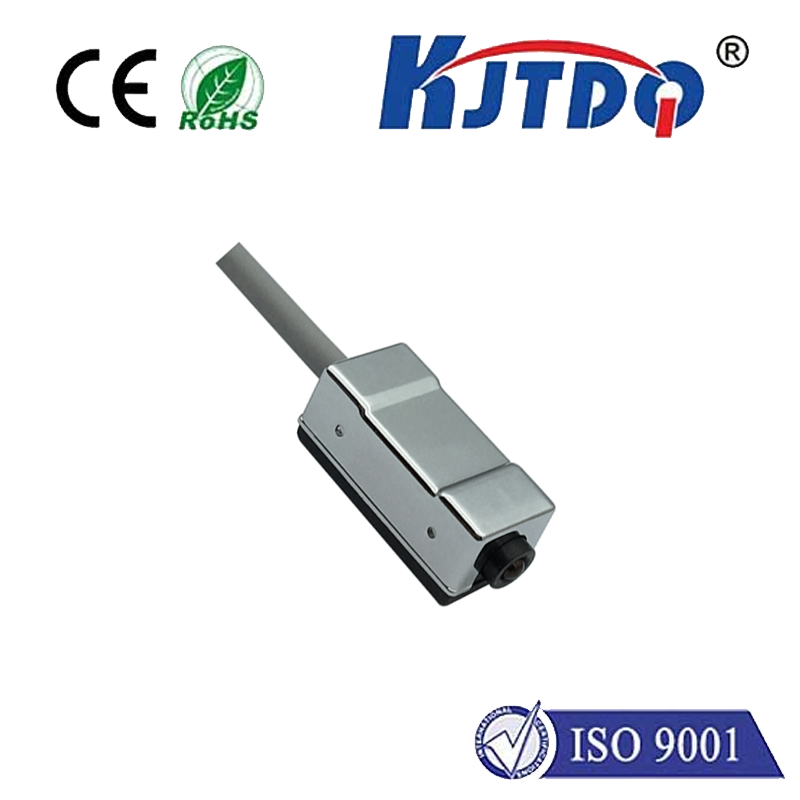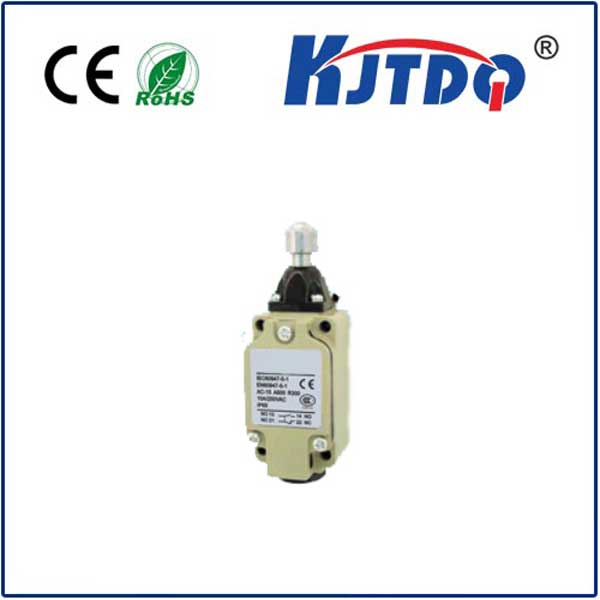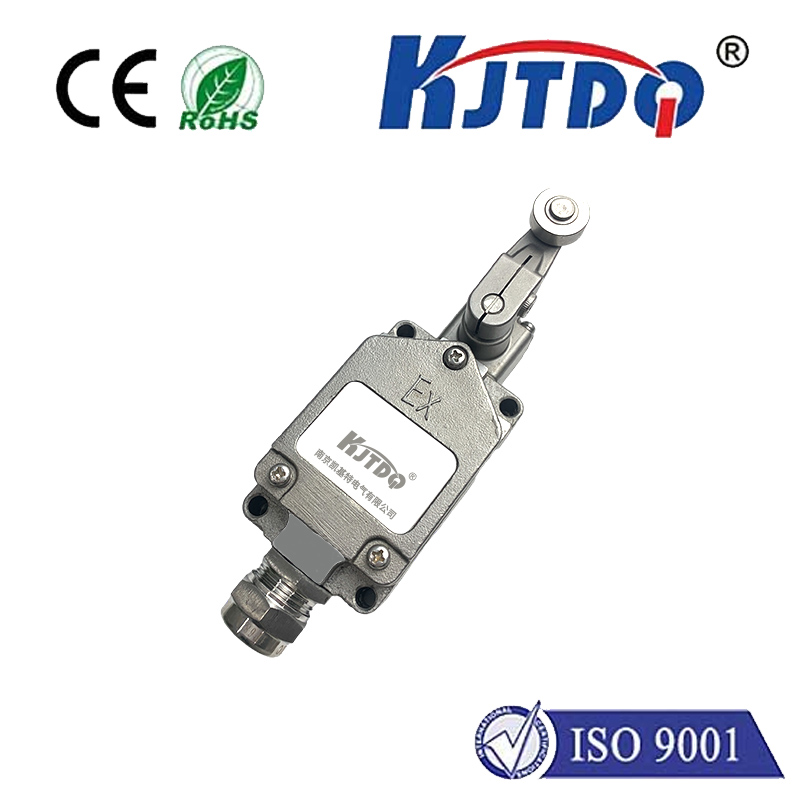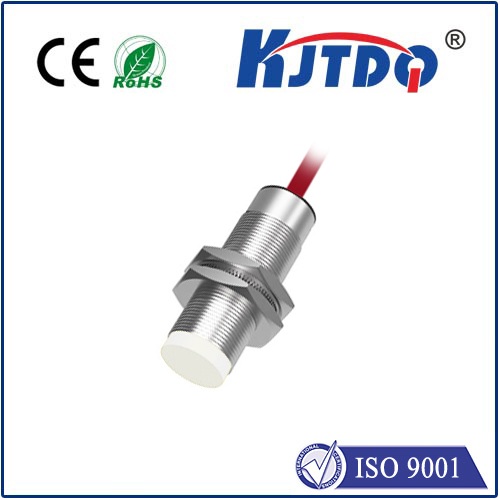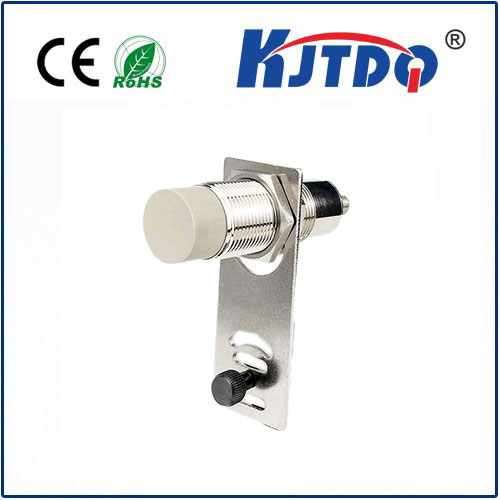
check

check

check

check
Title: The Importance and Function of a Sealed Limit Switch
In industrial automation and control systems, sealed limit switches play a crucial role in ensuring the safety and efficiency of machines. These switches are designed to detect the contact between two surfaces when a mechanical or electrical signal is applied, effectively shutting off power to a machine in response. In this article, we will explore the significance of sealed limit switches, their various types, installation requirements, and common applications.
The Significance of Sealed Limit Switches
Sealed limit switches, also known as non-contact switches or magnetic switches, offer several advantages over traditional open-circuit or toggle switches. One of the main benefits is their ability to operate in harsh environments without the risk of dust or debris clogging the switch. This makes them ideal for use in machines that operate in dirty or contaminated conditions, such as in food processing or pharmaceutical industries. Additionally, sealed limit switches can provide accurate and reliable detection of motion, even when there is little or no contact between theswitch and the object being moved.
Types of Sealed Limit Switches
There are several types of sealed limit switches available on the market, each with its unique characteristics and applications. Some common types include:
1. Vacuum-actuated seals: These switches rely on a vacuum to activate the contacts when pressure is applied to the switch base. They are commonly used in high-speed applications where precision and reliability are critical.
2. Electromechanical seals: These switches consist of a movable contact that is activated by an electric current when the switch base is brought into contact with an object. They are relatively inexpensive and easy to maintain but may not offer the same level of accuracy as some other types of sealed limit switches.
3. Solenoid-operated seals: These switches use a solenoid to control the activation of the contacts. They offer fast response times and are often used in applications where precise control over the switching action is required.
Installation Requirements
Proper installation of sealed limit switches is crucial for ensuring their reliable operation and minimizing the risk of damage or malfunction. Some general guidelines for installing sealed limit switches include:
* Ensure that the switch base is clean and free of debris before installing the switch.
* Check that the switch meets the specifications listed in the manufacturer's documentation and that all necessary components are included.
* Mount the switch securely to prevent it from coming into contact with any foreign objects during operation.
* Provide adequate power supply to the switch, either through direct connection to an electrical circuit or through the use of a voltage regulator.
* Follow any specific instructions provided by the manufacturer regarding wiring and connecting the switch to other components in the system.
Common Applications of Sealed Limit Switches
Sealed limit switches have numerous practical applications in various industries, including:
1. Automation and control systems: Sealed limit switches can be used to control motors, pumps, conveyors, and other devices in industrial processes.
2. Manufacturing: Sealed limit switches are commonly used in assembly line operations to ensure that machines are properly calibrated and functioning correctly.
3. Medical equipment: Sealed limit switches are used in surgical robots, imaging equipment, and other medical devices to provide accurate control over delicate movements and interactions.
4. Transportation: Sealed limit switches are employed in automotive safety systems, such as airbags and anti-lock brakes, to protect passengers in case of sudden collisions.
